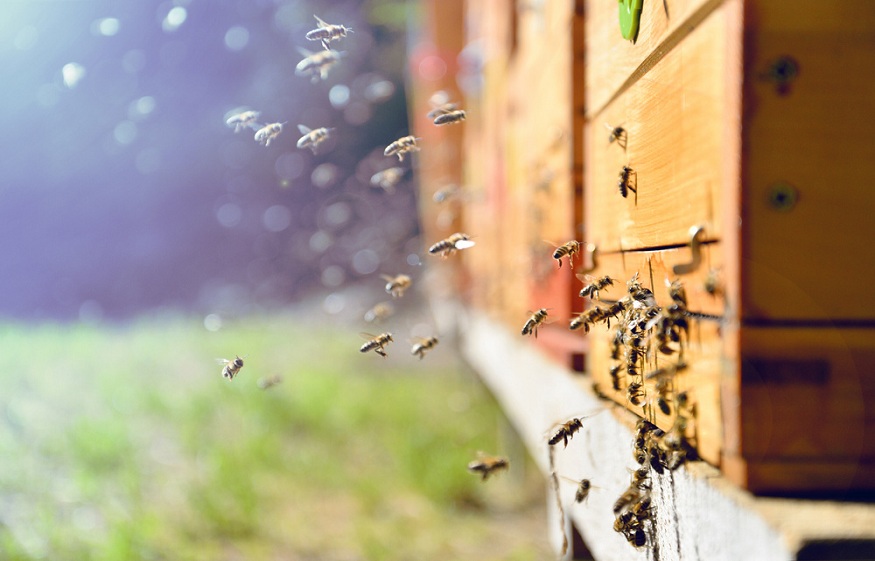The honeybee, along with other species of bee, are among the world’s most important pollinators. Together with other pollinating insects they are responsible for a third of the food that humanity eats. According to Greenpeace , a single bee colony can pollinate up to 300 million flowers each day. Bees help to pollinate a variety of vegetables, fruits, and nuts, with seventy percent of the top food crops consumed by humans being pollinated by bees. Without them, we would face mass food shortages and the survival of humanity would be in danger.
Sadly, the bee population is in decline, and this is a genuine problem for the human race. Many species of bee are already classed as endangered, and without intervention we may see many of them becoming extinct. Why are bee populations declining though? Is it our fault that these vitally important insects are in danger?
The Threats to Bee Populations
Whether we like to admit it or not, it is human activity that has led to the decline of the bee population around the world. Below are some of the threats to bees and what can be done about them.
Pesticides
The use of various chemicals in pesticides that are designed to deter pests from crops are themselves causing harm to bees and bee colonies. A recent newspaper report in the United Kingdom says that pesticide use is actually causing more harm to the bees than was previously thought.
The obvious answer to this problem would be to ban the most harmful pesticides and allow for the use of organic compounds instead.
Intensive Agriculture
Another issue for bees is intensive agriculture, which decreases nutrient quality in the pollen and nectar that the bees are eating. When bees are eating low quality pollen and nectar, they are not getting the sugar they need. This means they are fifty percent more likely to die when exposed to harmful pesticides.
A return to ecological farming is the recommended course of action as this will help to restore and preserve wild habitats, meaning more nutrient rich food for the global bee population.
Commercial Development
As the human population grows, so too does the need for more and more land to be developed to create housing, business parks, and shopping malls. Commercial development on wild land affects the bee population because we are destroying their natural habitat.
It is difficult to avoid commercial development but there are things that we can do to help, such as planting bee-friendly gardens for example. Even people who live in apartments in urban areas can do their bit by planting bee-friendly plants in window boxes or in planters on balconies
If you are worried about the decline in the bee population, there are things you can do to help. Spreading the word and getting more people to do their bit is the first step. Companies such as Project Honey Bees are contributing money to help with the conservation of bees by selling and donating money from every sale. By purchasing a bee necklace, for example, you will be doing your bit to ensure the survival of this important species.
You can also help the bees by committing to buying local produce, which will help to cut down on intensive farming. Buying organic means buying produce that is pesticide free, which is great for bees in your local area. The more organic produce we buy, the less exposure the bees will have to these harmful pesticides and the stronger and healthier they will become.




